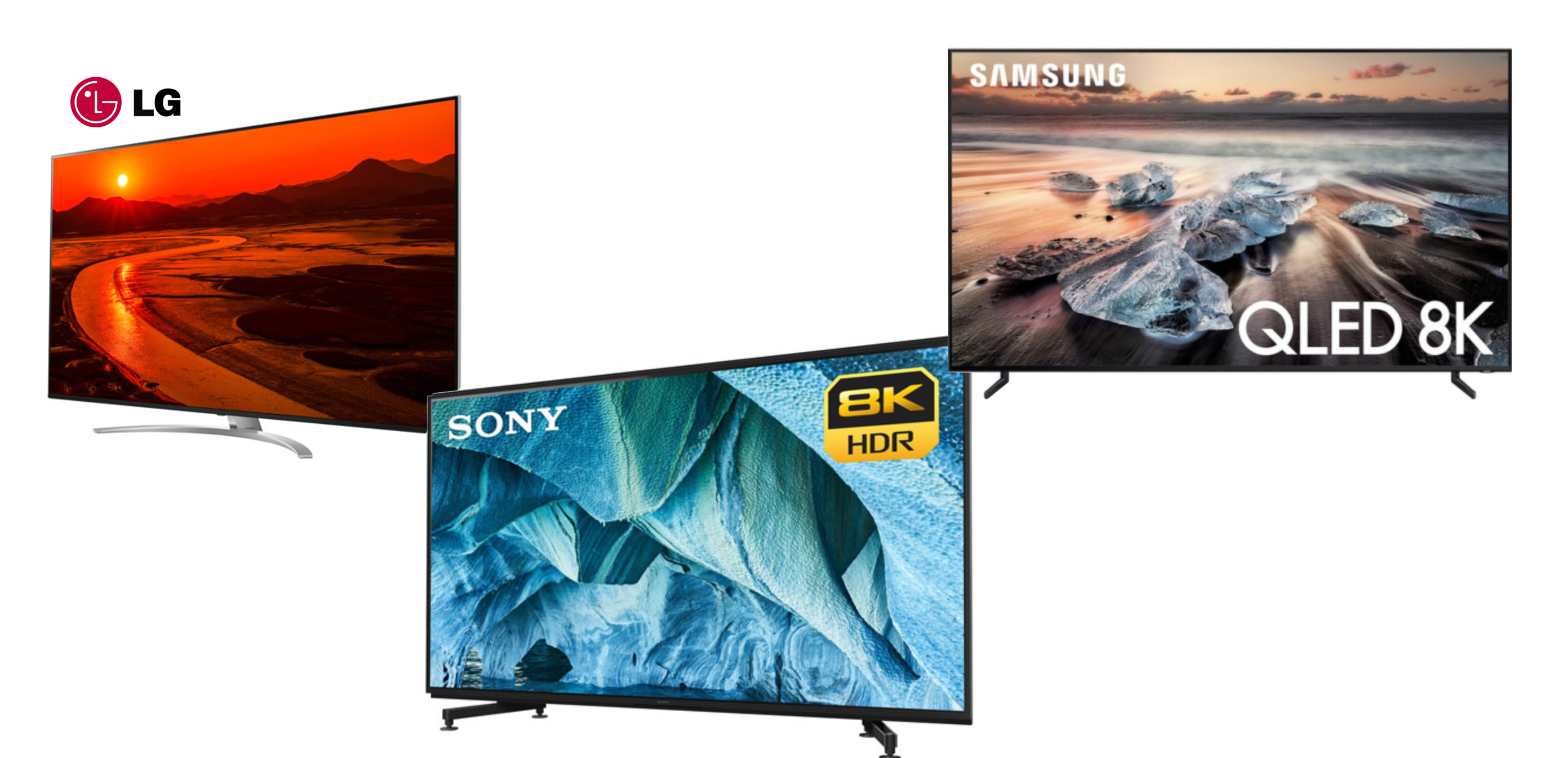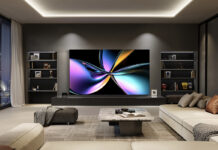 The TV world is loaded with acronyms and abbreviations: 4K, LED, OLED, QLED, 8K and HDR. Shopping for a new set can be confusing until you know what all those letters mean. Read on to learn about the latest TV terms to help you in your search for the perfect home theatre for your needs.
The TV world is loaded with acronyms and abbreviations: 4K, LED, OLED, QLED, 8K and HDR. Shopping for a new set can be confusing until you know what all those letters mean. Read on to learn about the latest TV terms to help you in your search for the perfect home theatre for your needs.
Shop all Premium TVs at Best Buy here
Premium TVs have the best technology
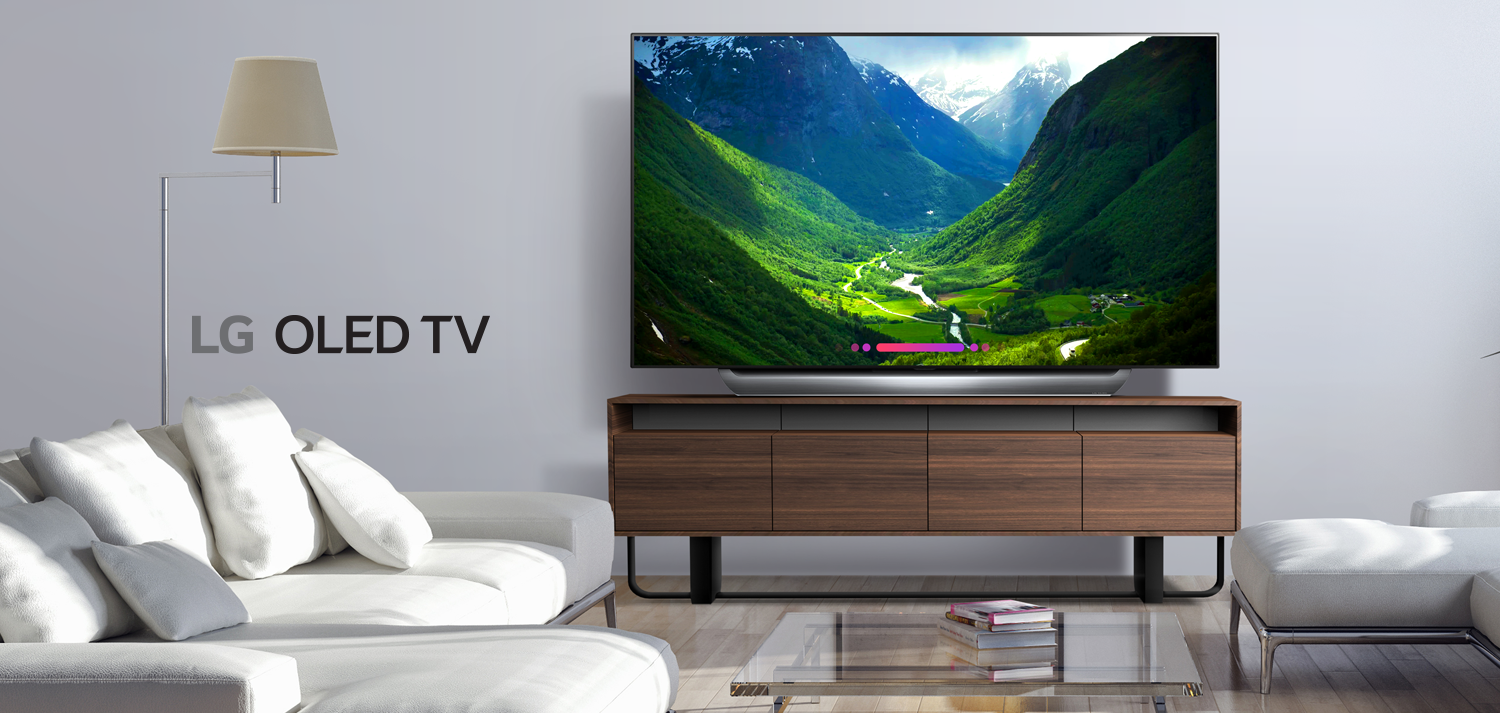 What is OLED?
What is OLED?
To understand OLED, we need to back up thorough a few iterations of TV technology and the specifics of how screens are lit. While this is very complex technology, we’ll simplify it here substantially.
OLED stands for Organic Light Emitting Diode. Light Emitting Diodes are actually tiny electrically-conductive bits made up of crystals suspended in liquid between two two sheets of glass or bendy plastic. OLED is the newest version of LED technology: in this case, organic materials like carbon are used to make up the screen.
An electric current passes through the liquid crystals, and that gets the crystals to line up so light either does—or does not— filter through.
Takeaway: OLED uses organic materials like carbon to make up the screen.
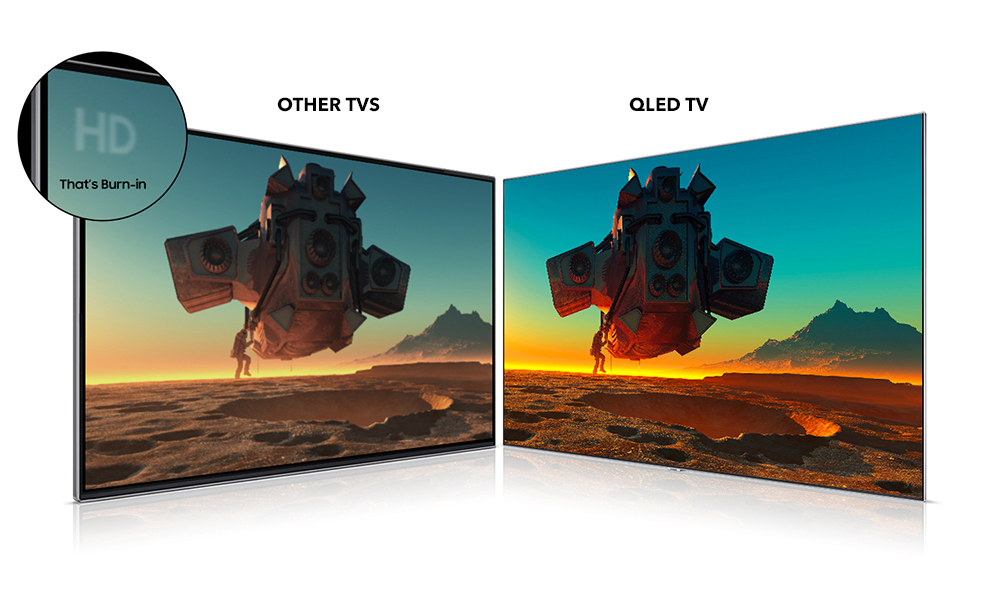 What is QLED?
What is QLED?
Now that we know what LED is, let’s move on down the road to QLED. Not surprisingly, the “LED” portion of this acronym still stands for Light Emitting Diode, so you know we’re still talking about light to some extent.
So what’s with the Q? It stands for Quantum Dot.
What’s Quantum Dot?
Quantum Dots are simply a different way for TV screens to produce colour, which appears more saturated. The ‘dots’ are microscopic in size, and each one produces different colors depending on their individual size. As an example, the tiniest dots may kick out blue, the larger ones, red.
It’s important to note that QLED technology was invented by Samsung. Even so, others like Vizio and Philips also build QLED TV’s.
Takeaway: QLED is Samsung’s technology which uses Quantum Dots to improve colour
What is 8K TV?
More and more, you’ll be hearing about 8K TV. 8K is the newest TV technology that’s got twice the resolution of 4K.
To explain what 8K is, let’s back up a bit and start with 4K and HDTV.
Resolution is made up of pixels, or microscopic squares. In a 1080p Full HDTV, there are 1,920 horizontal by 1,080 vertical pixels. When TV technology improved to 4K, more pixels were added in the same space, making for a much sharper and more detailed video picture. The resolution on a 4K TV is technically 3,840 x 2,160 and the term “4K” comes by rounding the horizontal pixel count up to 4,000, or 4K. Why? It’s just easier to say and abbreviate, but you will also hear this called Ultra HD.
8K makes that leap again, cramming more pixels into the same size and shape of TV. (Remember old SD TVs and how square they were? The we got wider “letterbox” with HD?) 8K crams twice as many pixels in, now offering total image dimensions of 7680×4320. Round that 7680 up and you get 8,000 or 8K.
Want to read more about this emerging technology? Click here, and if you want to be among the first in Canada to get ahold of an 8K TV for your home, you can shop LG 8K TVs, or Sony 8K TV, or this Samsung 8K QLED TV.
What is Full Array TV?
Full Array, also called Full Array Local Dimming or FALD TVs, have what you could call a full array (hence the name) of LED lights—thousands of them—spread out more widely behind the screen of the TV. These lights can be more precisely controlled so you should see more detail in the video picture, better overall black levels , and in particular, better detail in dark or shadowy scenes, as well as more realistic brightness without washout or bleed.
How does Full Array technology work with other TV technology?
Full Array Local Dimming backlight technology allows for sharper 4K detail, more realistic colour, deeper black levels, more realistic contrast and a wider viewing angle.
Takeaway: Full Array improves the overall light and thus the video picture
Which brands to consider?
When it comes to Full Array TVs, look to TCL, Vizio, and Sony, among others.
 What is Nanocell TV technology?
What is Nanocell TV technology?
In short, NanoCell is technology from LG that’s designed to bring new intensity to the colour on your screen for more realistic video. LG NanoCell technology features primarily in two of LG’s newest 8K TV models, Nano99 and Nano95. Expect others soon enough.
What does NanoCell technology do?
If you want to learn more, this blog on Nanocell TVs can help you understand.
You likely already know that 8K resolution is four times better than 4K. 8K resolution puts even more pixels into your TV screen and that gives you a sharper and more realistic image.
Which brands to consider?
Shop LG’s lineup of Nanocell TVs at Best Buy.
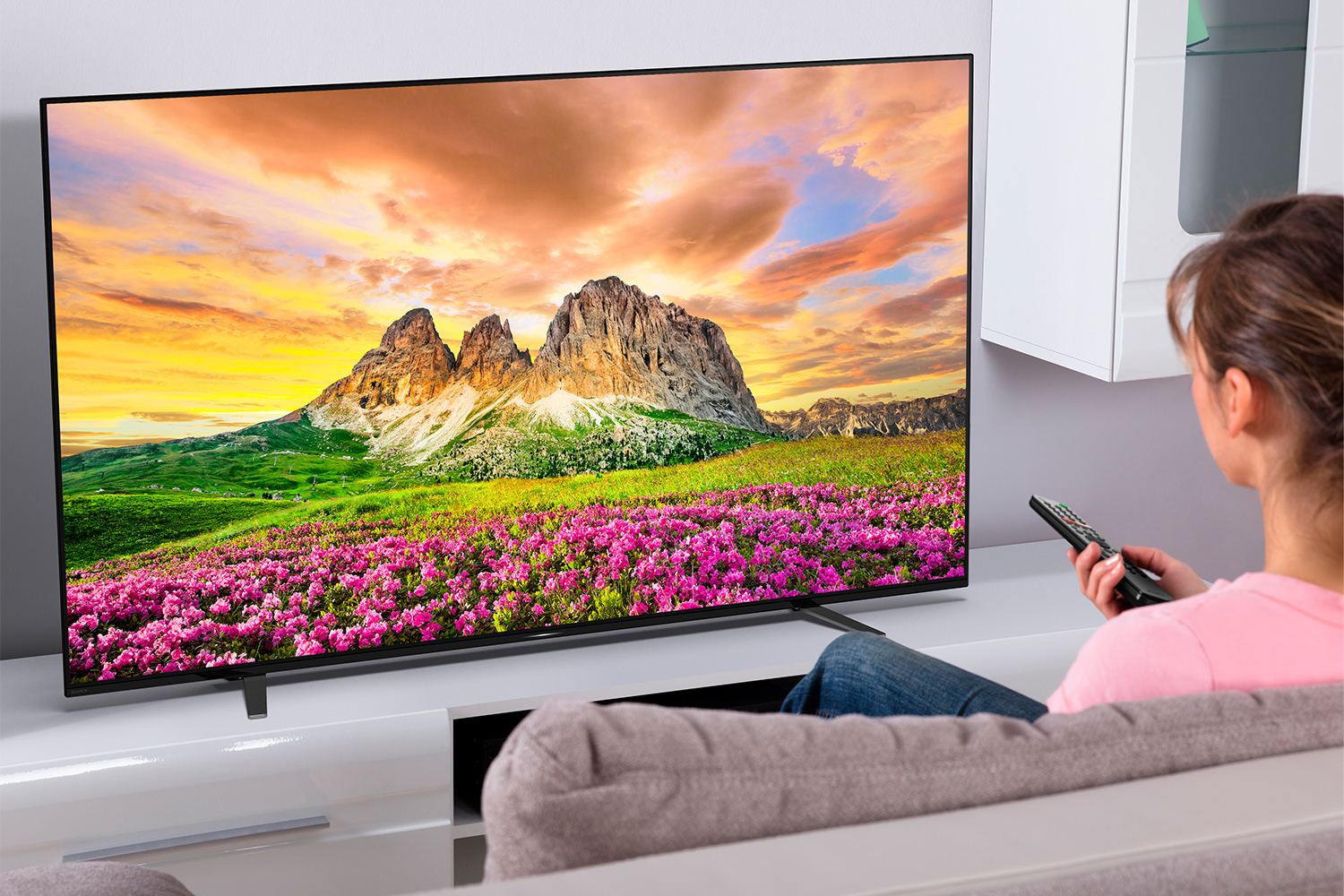 What is TRILUMINOS technology?
What is TRILUMINOS technology?
TRILUMINOS is Sony’s top of the line colour technology. In these TVs, you’ll see an extremely colourful video picture with substantive real-world detail and a wider range of brightness. TRILUMINOS Displays are able to reproduce more colours than a conventional television, by analyzing and processing the data in every image to make colours even more natural and precise so your video looks closer than ever to real life.
Which brands to consider?
Shop Sony TRILUMINOS TVs here.
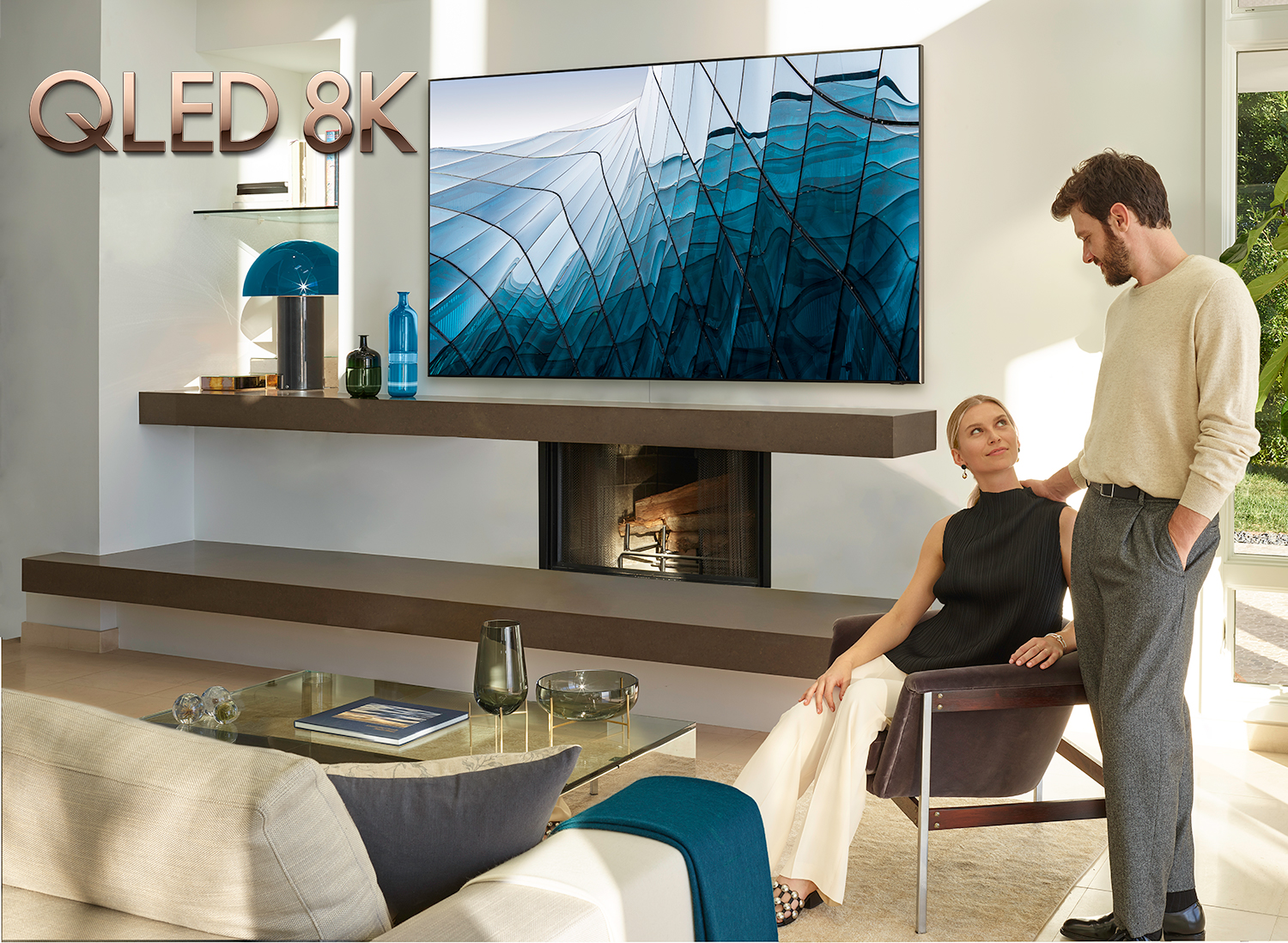 So what TV should I buy?
So what TV should I buy?
When you’re shopping for a new TV, it’s possible to get many of these TV acronyms all in one amazing TV. You can find a 4K or 8K resolution set (4K TVs have millions more pixels and a higher resolution) that has Full Array and QLED technology.
It makes sense to get a new TV with as much of this dynamic and realistic new technology as you can. Prices for all this goodness have dropped significantly in recent years, so you can now get a lot of technology and an extraordinarily high quality TV in a very affordable package.

